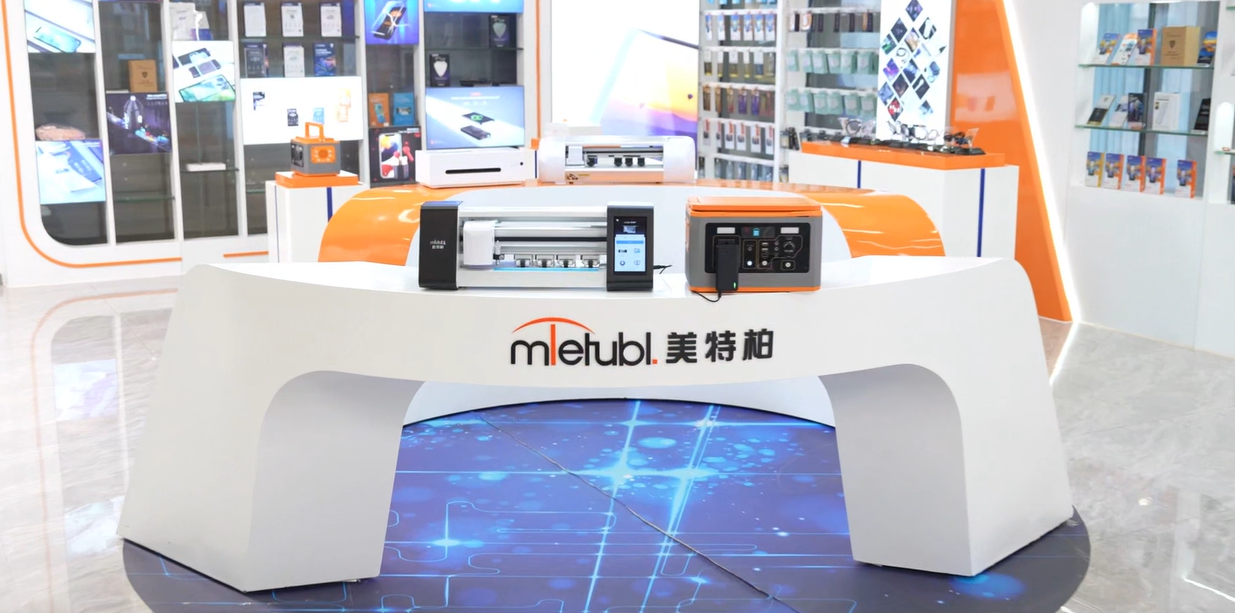
MIETUBL Brand Overview
MIETUBL is a brand originating from China and thriving through China’s intelligent manufacturing. It is committed to providing high-quality mobile accessories and related products to global consumers. Since its inception in 1998, the brand has followed the trends of the times, focusing on resource integration and building a symbiotic and shared industry ecosystem, enabling global consumers to conveniently access quality products that enhance their lives.
By continuously innovating and diversifying its product offerings, MIETUBL has achieved significant success in the mobile accessory industry. As a brand driven by customer value and innovation, MIETUBL has expanded into various product applications while accumulating rich industry experience and establishing a stable customer base. Headquartered in Zengcheng, Guangzhou, the company has strategically positioned itself within the mobile accessory industry, integrating high-quality production resources and aiming for a win-win business model.
Core Values and Development Vision:
-
Customer-Centric: MIETUBL always prioritizes customer needs, continually enhancing product quality and consumer experience through innovation and technological research and development.
-
Resource Integration and Industry Symbiosis: By integrating industry resources, MIETUBL creates a symbiotic, shared industry ecosystem, connecting global distributors and consumers, and promoting mutual growth across the value chain.
-
Global Vision: MIETUBL is committed to bringing Chinese manufacturing to the world, providing global consumers with high-quality, innovative mobile accessories, while offering profitable opportunities for distributors.
MIETUBL’s long-term vision is to continually enhance its products through innovation and quality, establishing “MIETUBL” as a globally trusted brand, recognized in markets around the world.
PRODUCTS
Which Screen Protector is Best for Your Phone?
Types of Screen Protectors
The most common types of screen protectors are tempered glass, plastic film (often referred to as TPU or polyurethane film), and liquid screen protectors. Tempered glass protectors are made from chemically treated glass that's significantly stronger than the glass on your phone's screen. They offer excellent scratch and impact protection, often boasting high clarity and a smooth, responsive touch. However, they're more expensive and can be more difficult to install perfectly, potentially leaving bubbles or misalignments.
Plastic film protectors are a more budget-friendly option. They're flexible, making them easier to apply without bubbles, and they're readily available. However, they offer less scratch and impact resistance compared to tempered glass. They are more prone to tearing and generally have a shorter lifespan. While they provide a degree of protection, they aren't as effective at preventing cracks from significant drops.
Liquid screen protectors, also known as liquid glass, are applied as a liquid and then cure to form a thin, protective layer. They are often marketed as providing a self-healing property, meaning minor scratches can disappear over time. The application process, however, requires precision and careful attention to detail to avoid streaks or uneven coverage. Their protective qualities are generally less robust than tempered glass, offering better protection against scratches than impact damage.
Factors to Consider When Choosing
Beyond the type of protector, several factors influence the best choice for you. Consider your budget: tempered glass is generally the most expensive, followed by liquid protectors, and then plastic film. Think about your lifestyle – are you prone to dropping your phone? If so, the stronger protection of tempered glass is advisable. If you’re more careful, a plastic film might suffice.
Screen sensitivity is another important aspect. Some screen protectors, particularly thicker tempered glass ones, can slightly affect the responsiveness of your touchscreen. Check reviews to see if users report any noticeable difference in sensitivity before purchasing. Clarity is also crucial – a protector shouldn't noticeably distort the image on your screen. Look for protectors with a high clarity rating, often expressed as a percentage.
Ease of installation is a key factor, especially for those who aren't technically inclined. Plastic film protectors generally offer the easiest installation, while tempered glass protectors can be more challenging, potentially requiring additional tools and patience. Liquid screen protectors also require a steady hand and attention to detail. Read the reviews and consider your own DIY abilities.
Beyond the Basics: Additional Features
Many screen protectors offer additional features. Some include anti-glare coatings, which can reduce reflections and improve visibility in bright sunlight. Others offer oleophobic coatings, which repel fingerprints and oil, keeping your screen cleaner for longer. Privacy screen protectors limit viewing angles, making it harder for others to see your screen’s contents. These additions can increase the price, so consider if these features are important to your needs.
Finally, always check for compatibility. Make sure the screen protector is specifically designed for your phone model. Incorrectly sized protectors will either not fit properly or leave uncovered areas vulnerable to damage. Reading reviews from other users who have the same phone model can provide valuable insights into the fit, feel, and overall performance of a particular protector.
Choosing the right screen protector is a personal decision. Weigh the pros and cons of each type, consider your individual needs and budget, and read reviews before making your purchase. With a little research, you can find the perfect screen protector to safeguard your valuable phone's display.
SUBSCRIBE
INQUIRY